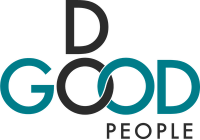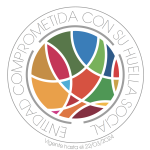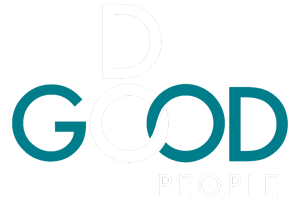When sustainability is tied to employees’ regular tasks and performance metrics, it moves beyond an optional or “extra” responsibility, it becomes a fundamental part of how success is measured and achieved.
Table of Contents

Sustainability on paper vs. sustainability in practice
From reducing carbon footprints to embracing circular economy models, companies are setting increasingly ambitious targets to meet environmental, social, and governance (ESG) standards.
But while these goals often look impressive on paper, turning them into meaningful, day-to-day actions across an organization is a whole different challenge. It’s one thing to set ambitious corporate sustainability objectives, it’s another to make them part of how employees work and think every day.
All too often, sustainability strategies are developed at the executive level but fail to trickle down in a way that feels relevant and tangible to employees. Employees are either left wondering how their specific roles contribute to the company’s sustainability initiatives, or worse, thinking that sustainability as just another corporate buzzword with little to no real impact.
This disconnect can lead to disengagement, missed opportunities, and underwhelming results in meeting sustainability targets.
Do your employees know how to contribute to the ESG strategy?
In order for companies to move from wishful thinking on paper to relevant practice and impact, companies need to bridge this gap by making sustainability tangible and actionable for everyone, not just leadership.
By translating complex goals into clear, role-specific tasks, organizations can foster a culture where every employee feels connected to the mission. In the upcoming paragraphs we will explore practical strategies to make sustainability part of everyday work and how the right tools can help make that happen.
Why sustainability goals often fail to engage employees
Indeed, setting ambitious sustainability goals is a crucial first step, but without employee engagement, even the best strategies can fall flat. And because employees are without a doubt the driving force behind any organization, their daily actions play a significant role in determining whether sustainability goals are met or missed.
When there’s a disconnect between corporate goals and individual responsibilities, companies risk losing momentum, seeing sustainability as just another checkbox, or even a burden, rather than a core part of the company’s culture.

If employees don’t understand how their work contributes to broader sustainability objectives, they’re less likely to feel motivated or accountable. This lack of clarity can lead to inconsistencies, limited innovation, and most importantly, a failure to meet key sustainable targets.
To achieve meaningful, lasting impact, companies must bridge the gap between strategy and action. This means breaking down complex sustainability goals into clear, practical steps that resonate with employees at every level of the organization. In the next section, we’ll explore actionable strategies to help make this happen.
Turning sustainability goals into actionable employee tasks
To make sustainability goals more than just high-level ideals, companies need practical ways to embed them into employees’ daily work. This means breaking down broad objectives into clear, manageable tasks that employees can relate to and act upon.
When employees see how their roles contribute to larger sustainability efforts, they are mor likely to become engaged, accountable, and motivated to drive change. Here are a few simple and effective strategies to help companies turn their sustainability goals into actionable tasks.
Break down goals into role-specific actions
Big-picture sustainability goals, for example, achieving net-zero emissions or reducing waste company-wide, can feel overwhelming and abstract to employees, especially if they don’t see how their individual roles connect to these objectives. To bridge this gap, it’s essential to break down these overarching goals into specific, actionable tasks tailored to each department’s unique functions and responsibilities.
Let’s take for example that a company’s overall goal is to reduce energy consumption, the IT department may focus on optimizing server efficiency, while the procurement team could prioritize sourcing materials from sustainable suppliers.
By tailoring tasks to each team’s daily activities, sustainability becomes a practical part of the job, not just an abstract corporate priority, helping employees feel more connected to the company’s mission.
How to overcome the challenges of embedding sustainability across the organization
Integrate sustainability into daily workflows and KPIs
For sustainability efforts to stick, they need to become a natural part of daily operations, which means leaders should align sustainability initiatives with already existing workflows and key performance indicators (KPIs).
When sustainability is tied to employees’ regular tasks and performance metrics, it moves beyond an optional or “extra” responsibility, it becomes a fundamental part of how success is measured and achieved.
Sustainability-related KPIs can be woven both into individual or team goals, further ensuring that sustainability becomes a key driver of daily decision-making processes across all departments.
All in all, when sustainability is reflected not only in how people work but also in how they’re evaluated, it fosters accountability and long-term commitment.
Empower employees through continuous learning
Because sustainability is not just a one-time initiative, but rather an ongoing journey that evolves with new technologies, or regulations, it is crucial to develop strategies that keep employees engaged, informed, and up-to-date.
Investing in continuous learning opportunities beyond compliance training, and providing education on sustainable practices can equip employees with the best knowledge and help them make better decision at work and in their lives.

Continuous learning strategies may include interactive workshops, webinars, or microlearning sessions that focus on practical, role-specific actions employees can take. Incorporating sustainability into professional development programs also signals that the company values it as a core competency, and not just a corporate trend.
When employees feel knowledgeable and confident in their ability to contribute, they’re more likely to take ownership of sustainability efforts and become champions for change within the organization.
Use technology to simplify and track sustainability actions
Technology plays a crucial role in making sustainability goals clear, actionable, and measurable for employees. Digital tools can break down complex corporate objectives into simple, personalized tasks, making it easier for individuals to understand how their actions contribute to the bigger picture.
By providing real-time feedback and progress tracking, technology also helps maintain momentum and accountability across the organization.
DoGood is designed to do exactly that; it translates broad sustainability goals into tailored challenges and tasks for employees, both in their professional roles and personal lives. Whether it’s reducing office energy consumption, minimizing waste, or adopting greener habits at home, the platform guides employees through achievable steps while tracking overall progress.
This not only fosters engagement but also creates a culture of sustainability that extends beyond the workplace. By leveraging technology, companies can ensure their sustainability initiatives are practical, transparent, and impactful at every level.







